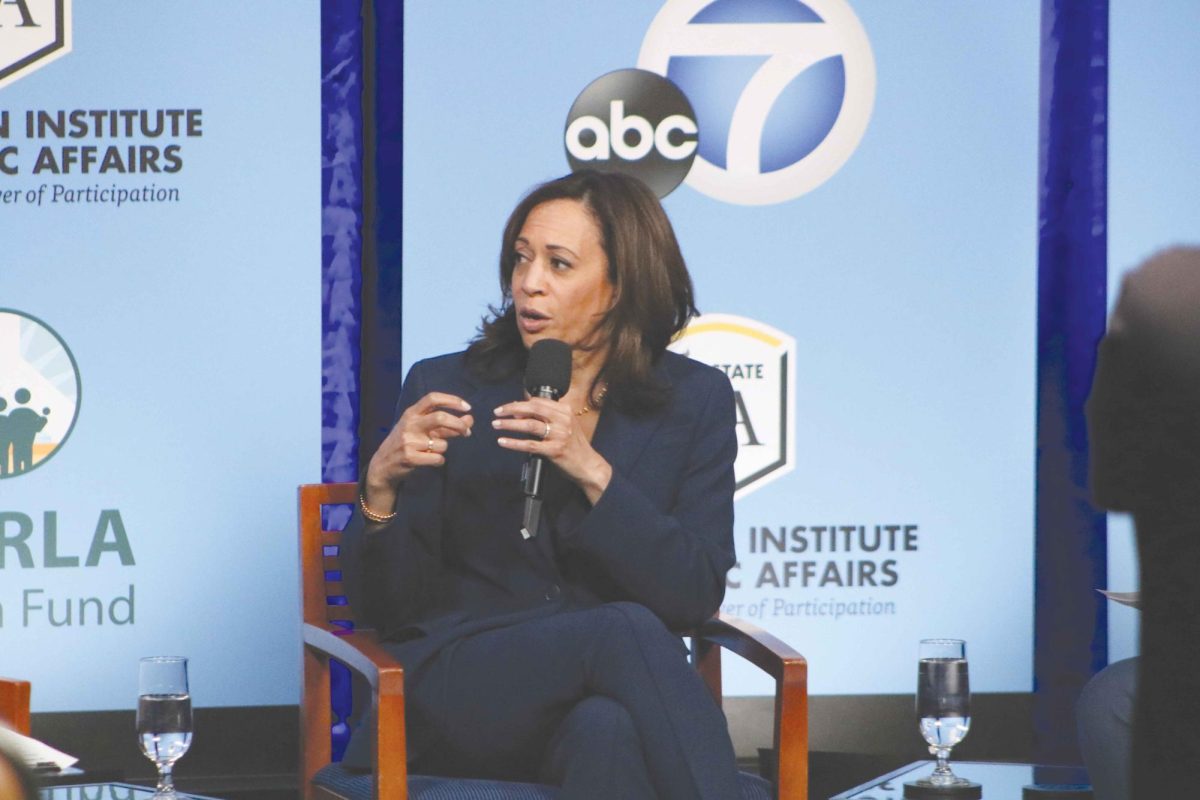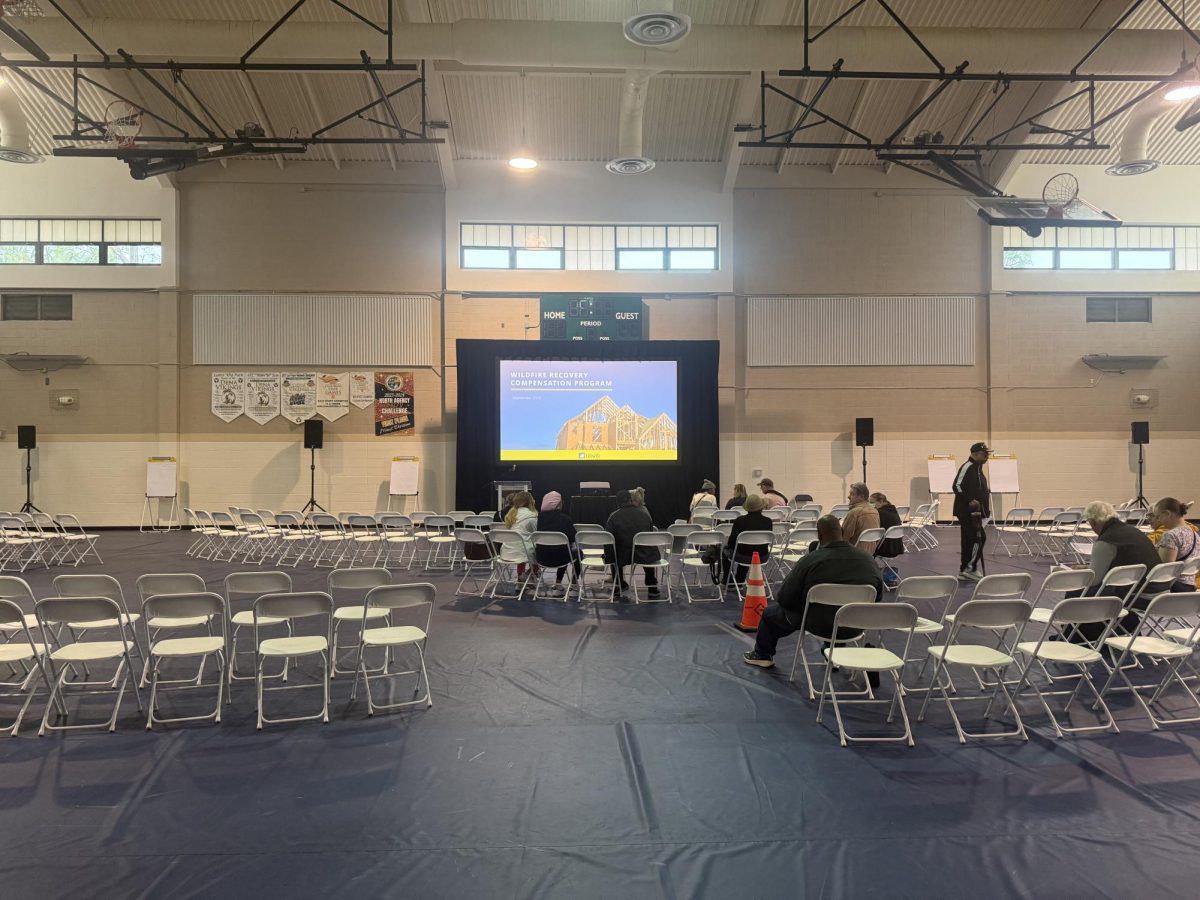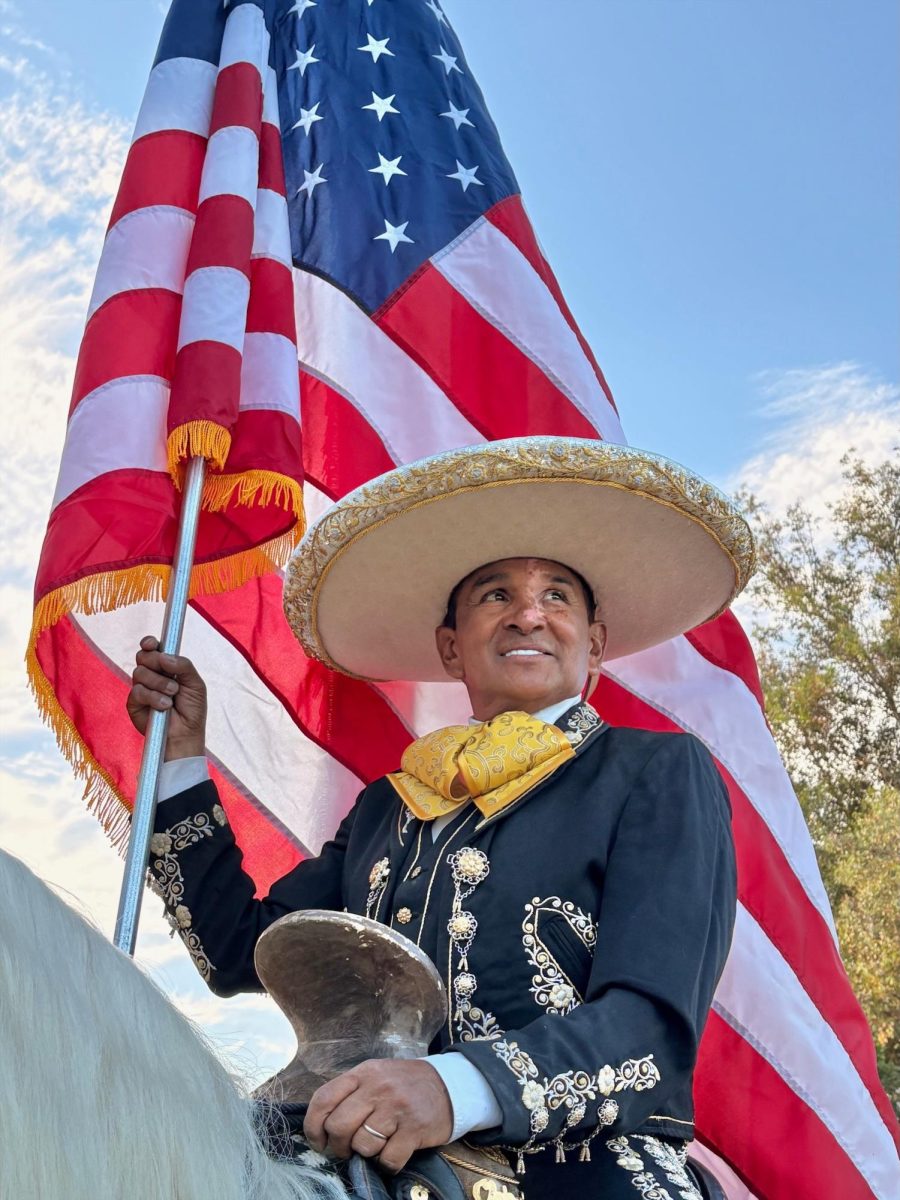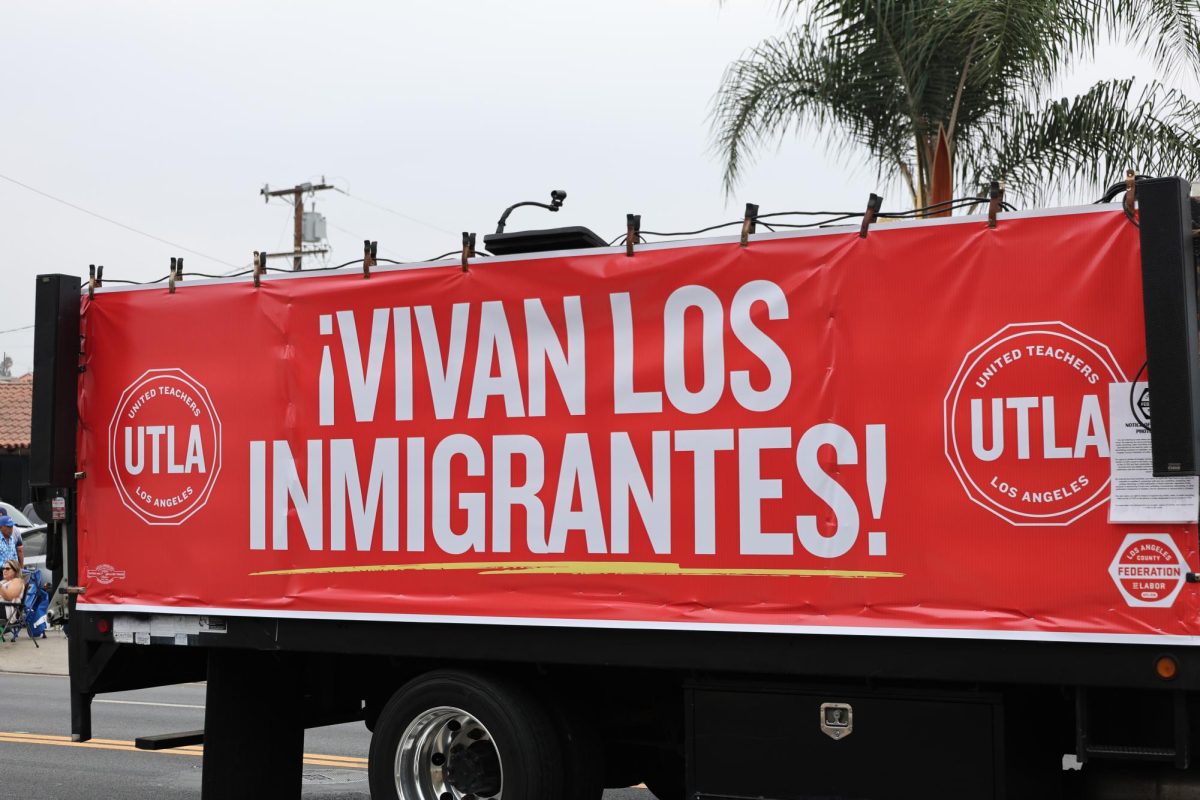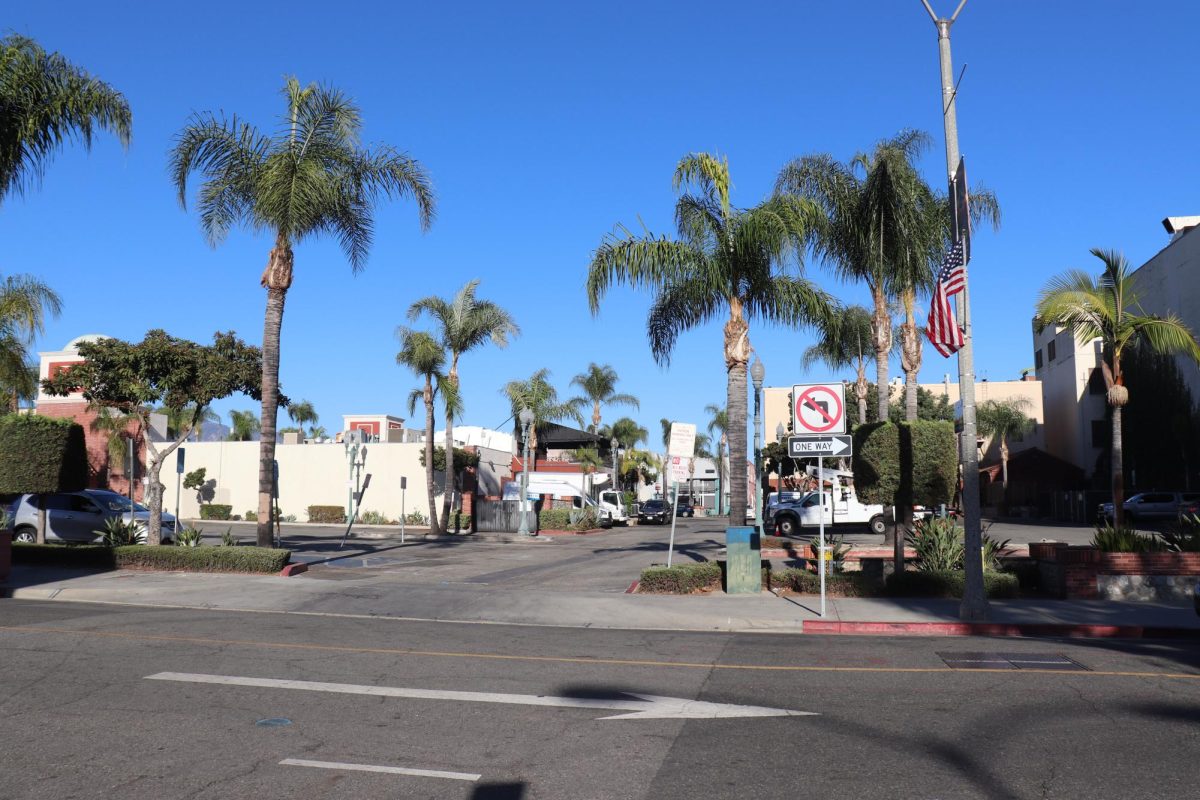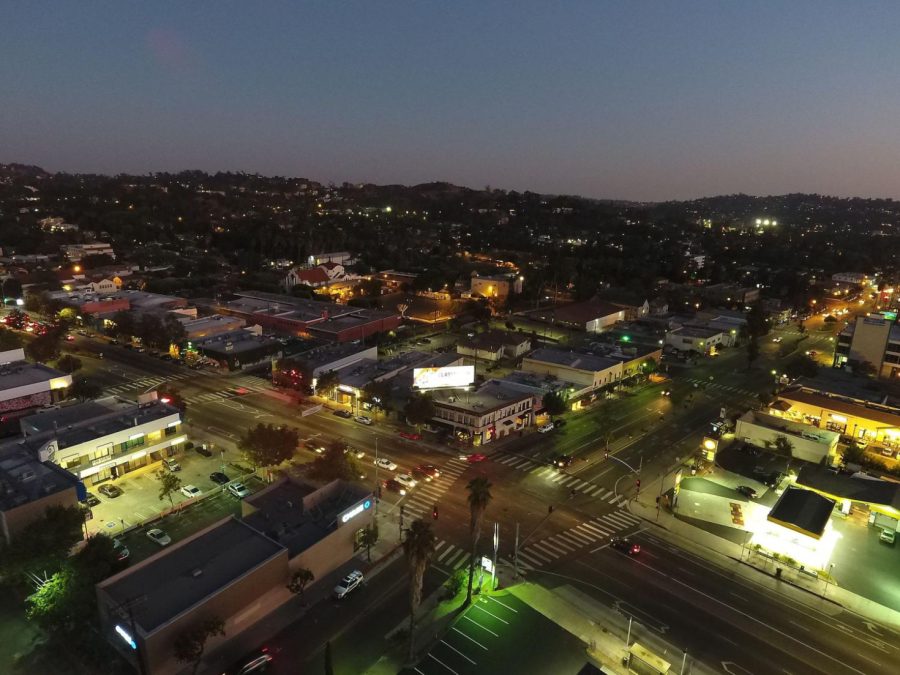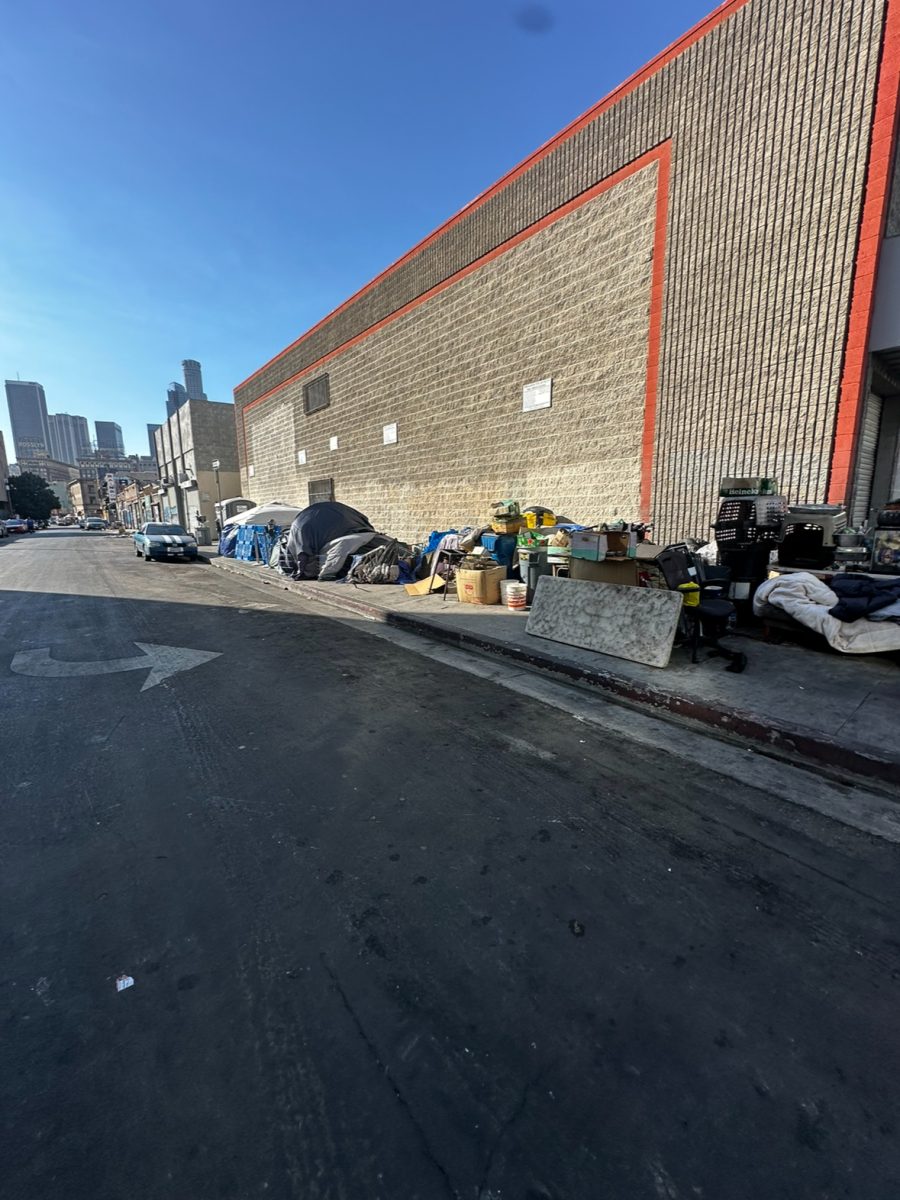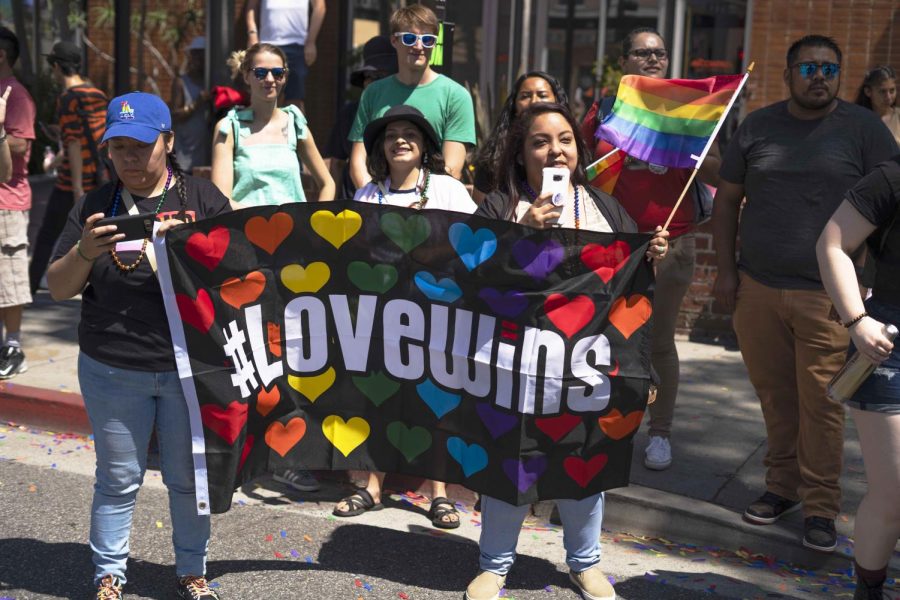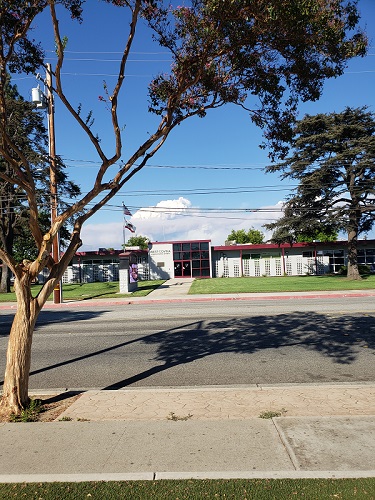Californians headed to the polls this November won’t only vote for a new president and new congress members. Voters can expect 10 statewide ballot measures in this year’s election covering important policy issues like minimum wage, public school funding, and affordable housing.
“As a first-time voter, I am eager to have a say in measures that will directly affect me and my future like a living wage and better access to affordable places to live,” El Monte resident Geoffrey Rodriguez said. “It’s been a long time coming for me and I’m ready to use my voice instead of watching from the sidelines.”
Once again, California could be crucial in deciding which party will control the U.S. House. But state and local government measures matter equally, if not more, experts say. Public policy at those levels are often noted to have more of an effect on voters’ everyday lives than the federal level. This is largely because federal funds and programs are channeled through states, counties, and municipalities.
“Being an active voter is crucial because it allows individuals to have a say in the decisions that shape their community and state. Voting is a fundamental right and a way for every eligible citizen to make their voice heard on the issues and leaders that matter most to them,” Jordan Reily, with the California Secretary of State’s press office, told UT Community News.
Where to start
California residents can register to vote online or by mail. To vote by mail, print a voter registration form, fill it out, and mail it to your local election office. Voter registration forms can be picked up from your local post office, library, or mailed to your residence. Voters can also register in person if preferred. California’s registration deadline is 15 days before election day, Nov. 5, 2024.
Eligible voters are U.S. citizens, 18 years or older. Ineligible voters include non-citizens, people convicted of a felony or currently serving time for another crime, and people who have certain mental disabilities. Voters who missed the deadline can still register to vote at any voting location. Check findmypollingplace.sos.ca.gov.
How are you represented in the U.S. and the state government?
The state of California has 52 members in the U.S. House of Representatives, each elected for a two-year term.
Every state is represented by two U.S. Senators elected for a six-year term.
U.S. House of Representatives members advocate for the residents in their California districts in Washington, D.C. They help shape the federal budget and set U.S. policy priorities, collaborate with others to create new laws, and conduct hearings.
Senators similarly advocate for their state’s residents and contribute to U.S. policy priorities and the creation of the federal budget. They also draft new laws, hold hearings, and approve judges and other appointments.
What are state propositions?
Propositions are proposed laws put to a public vote. They can make new laws, alter existing ones, and even amend California’s Constitution. Laws can be placed on the ballot by state legislators or people who collect enough voter signatures. If a proposition receives more than 50 percent “yes” votes, it passes and becomes a law.
A “yes” vote means you support the proposed changes. A “no” vote means you prefer to keep things as they are. California specifically sees many ballot measures each year due to its statewide initiative. In 1911, the California Constitution was changed to give voters the power of “direct democracy,” being able to let residents power politics – directly pass, repeal, or amend state laws or the Constitution itself – instead of leaving all of it to elected officials who could be influenced by lobbyists or powerful special interests.
How to prepare
Before you head to the polls, it is useful to know what you will vote on.
That is why UT Community News produces a voter guide every other year for the presidential and mid-term elections, elections that see a plethora of state and local ballot measures because voter turnout is generally higher during those years.
The state also provides information. Along with a ballot, registered voters receive a Voter Information Guide specific to their county and another from the state covering statewide candidates and measures. Reilly, from the Secretary of State’s Office, added that voters can read more information at voterguide.sos.ca.gov.
It is the voter’s choice to vote in person or mail in or drop off their mail-in ballot. Polls are open to vote in person from 7 a.m. to 8 p.m. Tuesday, Nov. 5. Voting and drop-off locations for mail-in ballots can be found by county on the Secretary of State’s website.
This story was cross-published on BoyleHeightsBeat.com and calonews.com.

